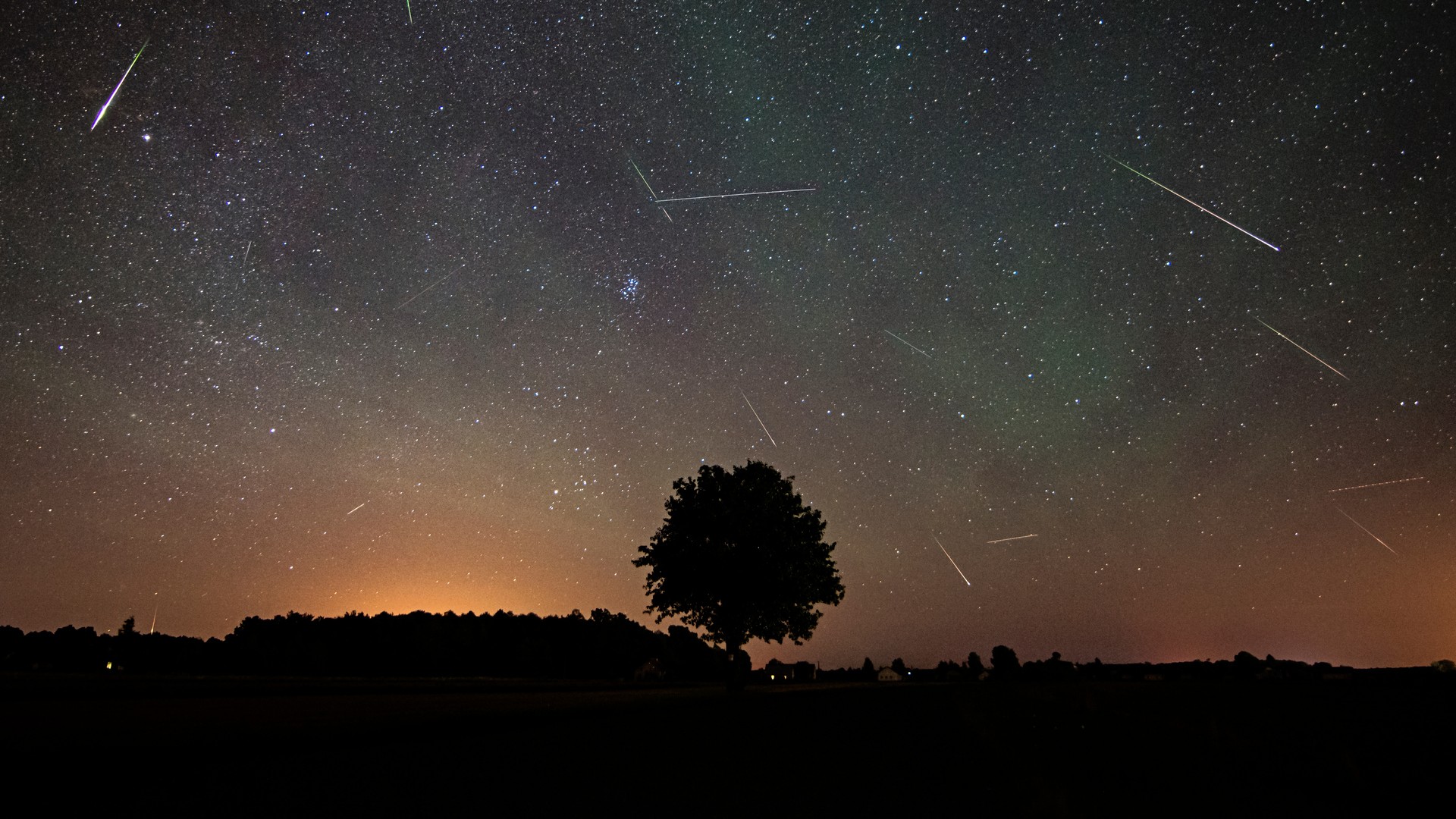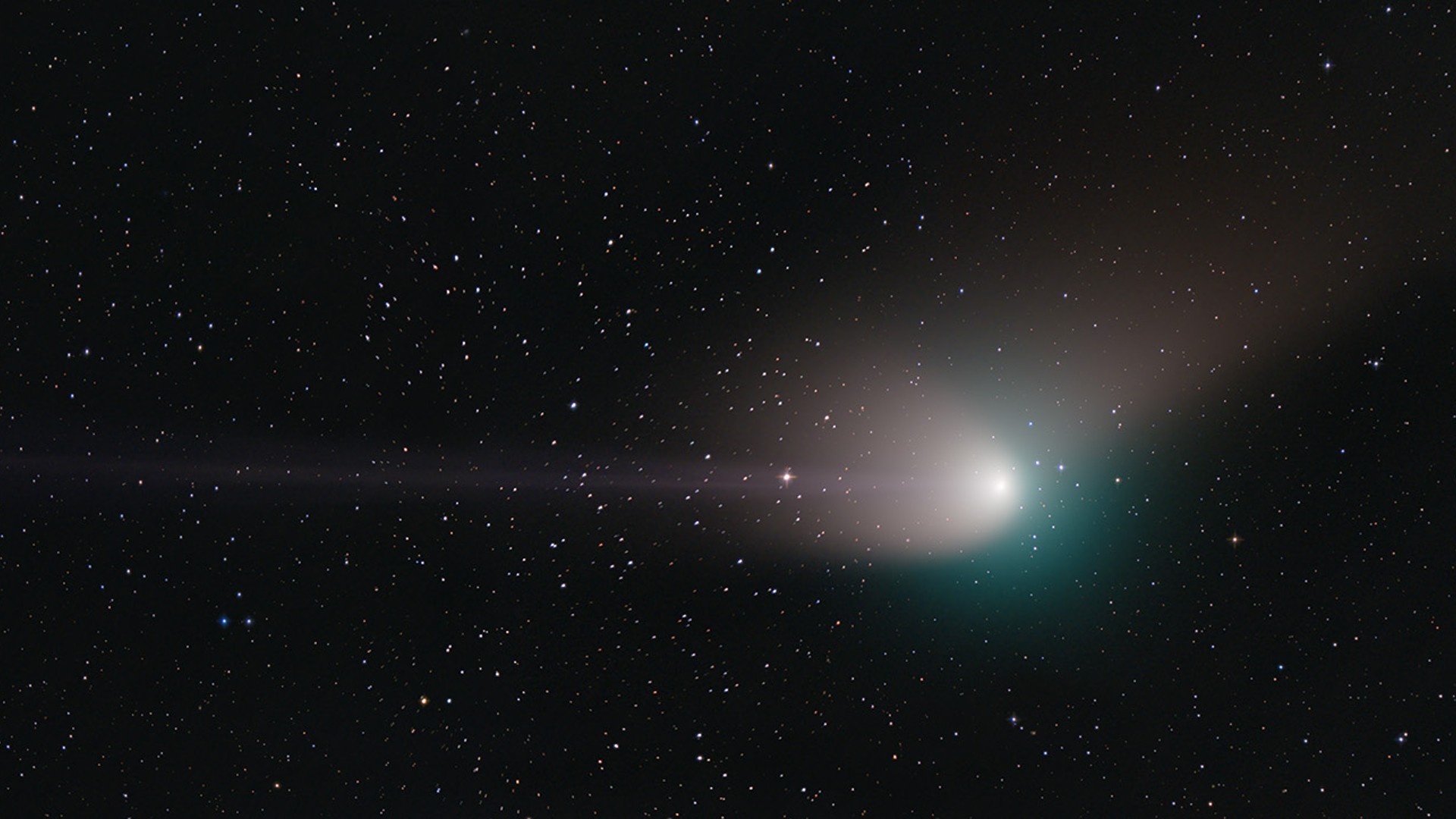The Alpha-Centaurids meteor shower peaks tonight for Southern Hemisphere skywatchers
The annual meteor shower lasts from Jan. 28 to Feb. 21 with meteors appearing to streak from one of the brightest stars over Earth - but only for skywatchers in the Southern Hemisphere.

The annual meteor shower the Alpha-Centaurids will peak on Wednesday (Feb. 8). Skywatchers will see the meteors from the Centaurids at any time its apparent point of origin in the constellation of Centaurus, or radiant point, is above the horizon.
While the peak of the Alpha-Centaurids meteor shower, which lasts from Jan. 28 to Feb. 21, will be visible to observers in the Southern Hemisphere, viewers in Northern Hemisphere regions will miss out. This is because, for locations such as New York City, the radiant point of this particular meteor shower never rises above the horizon.
In the U.S. only the "head and shoulders" stars of Centaur that represents Centaurus can be seen, with this reaching its highest point in the sky at around 10 p.m. local time each night during mid-May, according to Britannica.
Conversely, observers in the Southern Hemisphere can see the whole of Centaurus, including the five bright stars that make up the Centaur's body. This includes the radiant point which is associated with the star Rigil Kentaurus or Alpha Centauri A.
Related: Meteor showers 2023: Where, when and how to see them

Want to get a closer look at the night sky? We recommend the Celestron Astro Fi 102 as the top pick in our best beginner's telescope guide.
Rigil Kentaurus is part of the three stars that comprise Alpha Centauri, the fourth brightest star over Earth and the celestial object from which this meteor shower takes its name.
According to In-the-Sky, the radiant of the Alpha-Centaurid meteor shower is located at around right ascension 13h50m and declination 58 degrees S. Starwalk adds that the radiant of the meteor shower is high above the horizon, thus making the most meteors visible at 5:00 a.m. local time.
Get the Space.com Newsletter
Breaking space news, the latest updates on rocket launches, skywatching events and more!
The Alpha-Centaurids is a minor meteor shower meaning that even at its maximum activity, it will still only produce between 2 and 10 meteors per hour.
Thanks to the fact the moon is only just moving from its full moon phase, known as the Sturgeon moon in Australia and other parts of the southern hemisphere, and the Snow Moon in the north, it will still be almost fully illuminated thus not providing the dark skies needed for ideal viewing conditions.
As a result, Starwalk advises skywatchers to keep looking for Alpha-Centauri meteors until Feb. 15.
If you're hoping to catch Alpha-Centaurids meteors, our guides for the best telescopes and best binoculars are a great place to start. If you're looking to snap photos of the night sky, check out our guide on how to photograph the moon, as well as our best cameras for astrophotography and best lenses for astrophotography.
Like all annual meteor showers, the Alpha-Centaurids are caused by the Earth passing through debris left behind by a comet or an asteroid as it orbits the sun.
This debris is ejected from comets as they come close to the sun during their own orbit of the star and solar radiation heats solid material causing it to turn straight to gas, a process called sublimation.

This material leaks from the comet and blasts away other solid material from the comet's icy surface creating the characteristic glowing halo or "coma" and bright tail of a comet as well as debris left hanging around the sun.
This debris enters Earth's atmosphere at high speeds as great as 44 miles per second (71 kilometers per second) when our planet passes through particularly dense patches or streams. Typically burning up at altitudes of around 43 to 62 miles (70 to 100 kilometers) above Earth the debris creates bright streaks or even explosive fireballs in the night sky.
Currently, the identity of the parent body that gives rise to the Alpha-Centaurids is unknown.
Editor's Note: If you snap Alpha-Centaurids meteors, and would like to share it with Space.com's readers, send your photo(s), comments, and your name and location to spacephotos@space.com.
Follow us @Spacedotcom, or on Facebook and Instagram.
Join our Space Forums to keep talking space on the latest missions, night sky and more! And if you have a news tip, correction or comment, let us know at: community@space.com.

Robert Lea is a science journalist in the U.K. whose articles have been published in Physics World, New Scientist, Astronomy Magazine, All About Space, Newsweek and ZME Science. He also writes about science communication for Elsevier and the European Journal of Physics. Rob holds a bachelor of science degree in physics and astronomy from the U.K.’s Open University. Follow him on Twitter @sciencef1rst.









